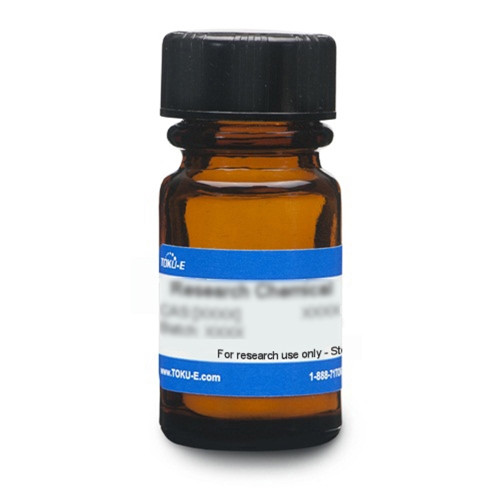Piperacillin Sodium Salt, USP is the sodium salt form of Piperacillin, a semi-synthetic, extended spectrum fungistatic β-lactam fourth-generation ureidopenicillin. Derived from Ampicillin, Piperacillin was developed by Toyama Chemical Co, Tokyo, Japan. It has a broad spectrum activity aginsat Gram-positive and Gram-negative aerobic and anaerobic bacteria. It has greater activiity agasint β-lactamase-producing organisms compared ot the other penicillins, however is is styll hydrolysed by plasmid-mediated β-lactamases TEM-1). It can also be used to study multidrug resistance.
Piperacillin Sodium Salt, USP is freely soluble in aqueous solution.
We also offer:
- Piperacillin (P017)
| Mechanism of Action | β-lactams interfere with PBP (penicillin binding protein) activity involved in the final phase of peptidoglycan synthesis. PBP’s are enzymes which catalyze a pentaglycine crosslink between alanine and lysine residues providing additional strength to the cell wall. Without a pentaglycine crosslink, the integrity of the cell wall is severely compromised and ultimately leads to cell lysis and death. Resistance to β-lactams is commonly due to cells containing plasmid-encoded β-lactamases. |
| Spectrum | Piperacillin is a broad-spectrum antibiotic targeting a wide range of susceptible Gram-positive and Gram-negative bacteria. It targets both aerobic and anaerobic bacteria. It can be used against Enterococcus species, Pseudomonas aeruginosa, and E. coli. |
| Impurity Profile | Chromatographic Impurities: Piperacillin Related Compound A: ≤ 3.5% Piperacillin Related Compound C: ≤ 1.0% |
| Microbiology Applications | Piperacillin is commonly used in clinical in vitro microbiological antimicrobial susceptibility tests (panels, discs, and MIC strips) against Gram-positive and Gram-negative microbial isolates. It is commonly used in a mixture with the beta-lactamase inhibitor Tazobactam which enhances is effectiveness. Medical microbiologists use AST results to recommend antibiotic treatment options. Representative MIC ranges include:
For a representative list of Piperacillin MIC values, click here. THe MIC of Piperacilin for most strains, apart form B-lactamase strains, is little affected by increases in inoculum size up to 106 organisms/ml. Piperacillin activity decreased with increasing pH, and Mueller Hinton broth produced the most consistent results for most orgnaisms. |
| Plant Biology Applications | Piperacillin was effective in removing background contamination in Agrobacterium-mediated plant transformation, effective against Agrobacterium tumefaciens strains LBA4404 and EHA101 in plant tissue culture experiments (Ogawa and Mii, 2004). |
| Molecular Formula | C23H26N5NaO7S |
| References |
Holmes B, Richards DM, Brogden RN and Heel RC (1984) Piperacillin. Drugs 28:375–425 PMID 6391888 Ida K, Hirata S, Nakamuta S and Koike M (1978) Inhibition of cell division of Escherichia coli by a new synthetic penicillin, Piperacillin. Antimicrob. Agents Chemother. 14 (2) 257-266 Pitout JD, Sanders CC, Sanders WE (1997) Antimicrobial resistance with focus on beta-lactam resistance in Gram-negative bacilli. Am. J. Med. 103:51 Karlowsky J et al (2003) Comparison of four antimicrobial susceptibility testing methods to determine the in vitro activities of Piperacillin and Piperacillin-Tazobactam against clinical isolates of Enterobacteriaceae and Pseudomonas aeruginosa. J. Clin. Microbiol. 41(7):3339-3343 |








